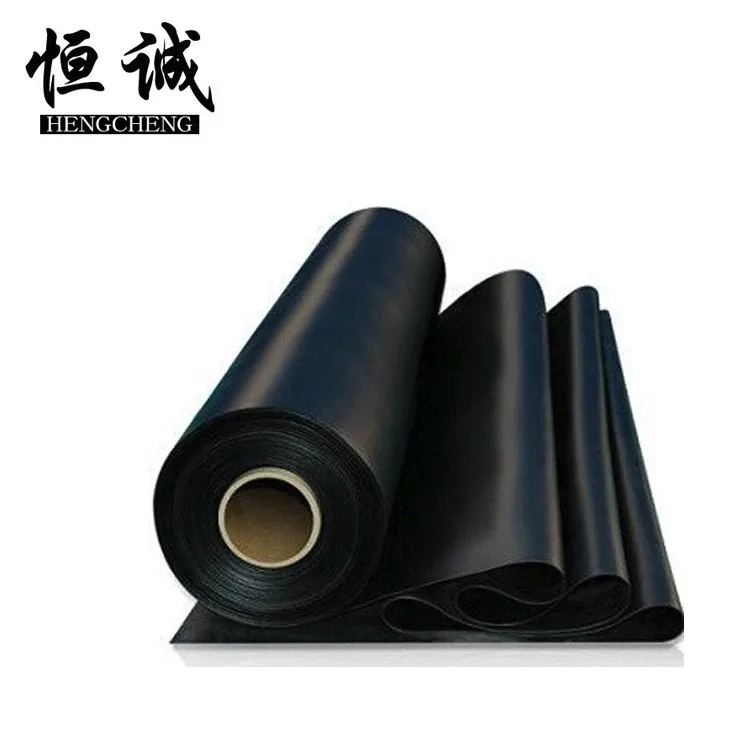High-Quality Silicone Sponge Seals for Effective Sealing Solutions and Applications
Oct . 05, 2024 18:05 Back to list
High-Quality Silicone Sponge Seals for Effective Sealing Solutions and Applications
Understanding the Silicone Sponge Seal Product A Comprehensive Guide
Silicone sponge seals are becoming increasingly popular in various industries due to their unique properties and versatility. These seals are crafted from high-quality silicone rubber, infused with a sponge-like structure, which endows them with exceptional cushioning and sealing capabilities. This article aims to delve deeper into the features, benefits, applications, and maintenance of silicone sponge seals.
What is a Silicone Sponge Seal?
A silicone sponge seal is a type of sealing solution made from silicone rubber that contains air pockets, giving it a spongy texture. This structure allows the seal to compress easily while maintaining its shape and integrity. Silicone, as a material, boasts remarkable resistance to extreme temperatures, UV radiation, and chemical exposure, making it an ideal choice for various applications.
Key Features of Silicone Sponge Seals
1. Temperature Resistance Silicone sponge seals can withstand a wide range of temperatures, typically from -60°C to 200°C (-76°F to 392°F). This property makes them suitable for applications that involve extreme heat or cold.
2. Flexibility and Durability The inherent flexibility of silicone ensures that these seals can be molded into various shapes and sizes. Additionally, silicone sponge seals are resistant to wear and tear, which increases their lifespan.
3. Excellent Compression Set Silicone sponge seals can compress under pressure and recover their original shape once the pressure is removed. This feature ensures a tight seal even when subjected to varying forces.
4. Water and Air Tightness These seals provide superior protection against moisture and air infiltration, making them ideal for environments that require sealing from external elements.
Benefits of Using Silicone Sponge Seals
silicone sponge seal product

2. Enhanced Energy Efficiency By preventing air and water leaks, silicone sponge seals can contribute to maintaining consistent temperatures within buildings, thereby enhancing energy efficiency.
3. Reduced Noise and Vibration Silicone sponge seals can absorb sound and vibrations, making them useful in applications where noise reduction is critical, such as in machinery and automotive components.
4. Easy Installation Lightweight and flexible, these seals can be easily installed without requiring special tools or machinery, thus saving time and labor costs.
Applications of Silicone Sponge Seals
Silicone sponge seals are utilized in various sectors, including
- Automotive Industry Used for weatherstripping, gasket sealing, and noise reduction. - Aerospace Sector Employed in sealing components against extreme conditions. - Construction Utilized for doors, windows, and HVAC systems to enhance insulation. - Electronics Applied in equipment to prevent dust and moisture ingress.
Maintenance of Silicone Sponge Seals
To ensure the longevity and optimal performance of silicone sponge seals, regular maintenance is essential. Here are some tips
- Regular Inspections Check for signs of wear or damage and replace seals as necessary. - Cleanliness Keep the seals free from dirt, dust, and debris, which can compromise their sealing capabilities. - Proper Storage Store silicone seals in a cool, dry place away from direct sunlight to prevent degradation.
Conclusion
Silicone sponge seals are a robust and flexible sealing solution suitable for a multitude of applications across various industries. Their unique properties, combined with ease of installation and maintenance, make them an invaluable asset in achieving effective sealing and insulation. As industries continue to innovate and evolve, the demand for high-quality sealing solutions like silicone sponge seals is likely to grow, further underscoring their importance in modern manufacturing and construction practices.
-
LED Neon Rope Light Outdoor Companies: Durable & Bright Solutions
NewsAug.27,2025
-
Premium Window Seal Strip Adhesive: Manufacturers & Suppliers
NewsAug.26,2025
-
Best Window Seal Strip Adhesive Companies: Strong, Durable Seals
NewsAug.25,2025
-
Karcher A2004 Wet & Dry Vacuum Filter: Premium Replacement Cartridge
NewsAug.24,2025
-
Premium Vacuum Filter for Karcher VC 4, VC 6, VC 7 & Tineco A10, A11
NewsAug.23,2025
-
Hi-Flo HF155 Oil Filter KTM 250 EXC Racing 03-06 | OEM 580.38.005.000
NewsAug.22,2025
